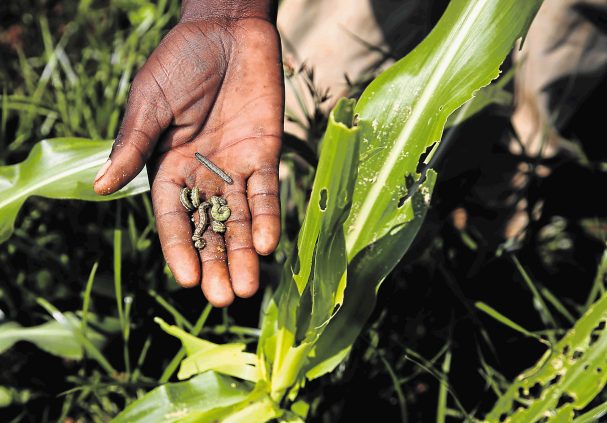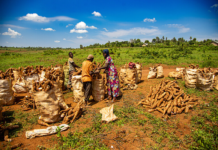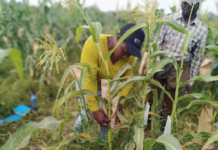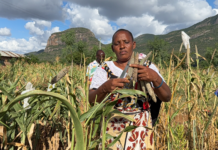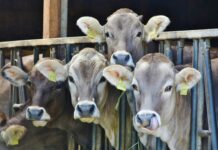By Nita Karume, Nairobi – Kenya
The year 2017 saw farmers in Africa who had already been struggling with devastating drought, face a new pest threat, leaving the question whether farmers really understand Integrated Pest Control (IPC) as an approach to pest management.
A highly destructive pest called the Fall Army-worm invaded farms and in western Kenya alone, about 80,000 hectares of farm land was destroyed by the hungry caterpillar. The pest has the potential to create serious food shortages to the majorly agrarian countries.
In an attempt to combat the spread, farmers in Africa resorted to use of pesticides which to their disbelief, was often not effective beyond the first few days of the larva stage. Scientists however, have expressed the fear that overuse of pesticides could hasten the development of pesticide resistance within the species and also harm the environment and the farmers using the chemicals. But could there be a better way to manage pests and at the same time take care of the environment?
Integrated Pest Control
Integrated Pest Control (IPC) is an approach to pest management that is conducive to the environment. IPC programs use information on the life cycles of pests as well as their interaction with the environment. This, in combination with available pest control methods, is then used to manage pest damage through the most economical means. That is, with the least possible hazard to people, property, as well as the environment.
The Integrated Pest Control (IPC) approach can be applied to both agricultural and non-agricultural settings, such as the home, garden, and workplace. The method takes advantage of appropriate pest management options such as the use of pesticides. On the other hand, organic food production applies most of the IPC concepts save for use of pesticides.
Since IPC is more of a series of pest management evaluations, decisions and controls, farmers infestation use an approach that has four stages. First, there must be probable cause for pest control. Sighting but one pest does not call for pest control. Secondly, not all insects, weeds, and other living organisms require control; some have proven to be beneficial. As such IPC programs will work to identify and monitor pests accordingly. This will also help with making the appropriate control decisions for the same with reference to the first stage. Consequently, cases of misuse of pesticides will be avoided.
Once the IPC has gone through the identification and monitoring of the pests, it will then work to manage the crops to prevent the pests from reaching a threat level. For example, methods such as crop rotation and selection of pest resistant varieties. Both methods are cost effective and pose little to no risk to either the people or the environment.
At this stage in the IPC, after probable cause has been established and the prevention methods are no longer viable, the program will then proceed to evaluate the proper control method. This will be in terms of effectiveness as well as risk. Subsequently, effective and less risky pest controls will be chosen first. If these fail to work additional pest control methods will be used. Essentially, the program aims to make use of every other alternative, such that spraying of pesticides remains the last resort if at all.
With these steps, IPC is best described as a scale. Moreover, since most if not all farmers identify their pests before spraying, the risks associated with both misuse and overuse of pesticides are kept at a minimum. The end goal would thus be to get the farmers to use the appropriate Integrated Pest Control (IPC) techniques along the scale. The good thing is, IPC principles is not only limited to big farms, those with kitchen gardens are welcome to try it as well.


